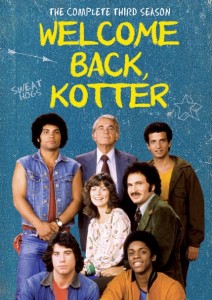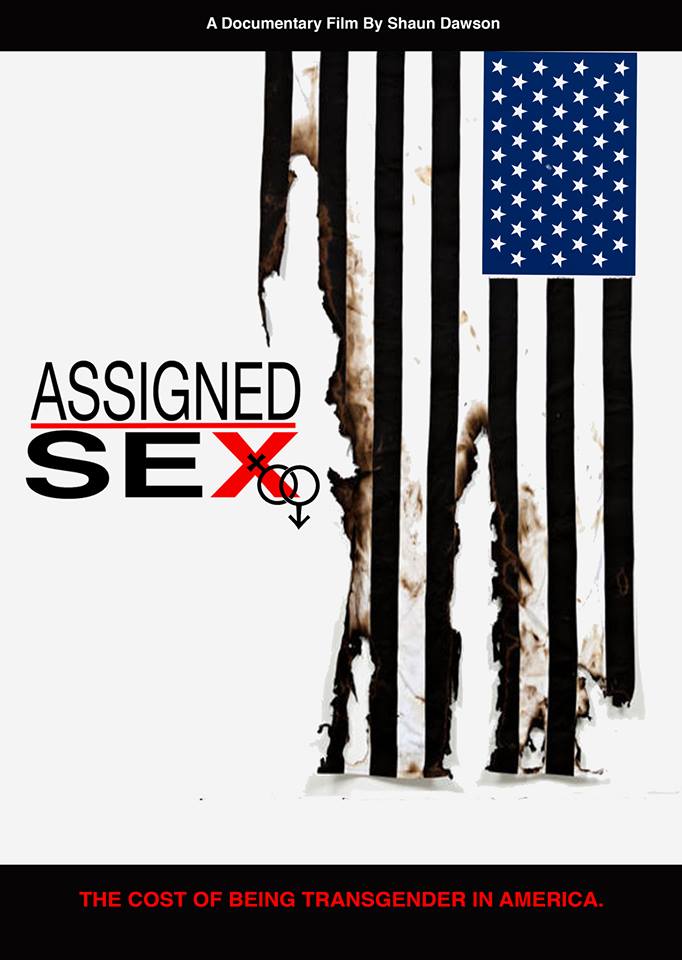If you work in film, you’ve most likely heard the phrase “high concept.” This is Hollywood’s ultimate buzz phrase, the Holy Grail for producers. It’s so important, 99% of producers will make a deal with a writer who has a genuine high concept, even if their writing is terrible.
Why? Because it’s easy to sell a high concept, and unless a producer can sell a film, it’s useless. Writing can always be improved, fresh drafts written… but if a high concept isn’t there to begin with, the script probably isn’t marketable.
So now that you know how important a high concept is, how do you get one?
Below are 5 keys for creating your own high concept:
- It has to be unique (without being weird).
There’s a fine line between unique and weird. A true high concept needs to be something never seen before. However, it can’t be a case of “We’ve never seen chimps roller skating in space, so that’s a high concept.” It has to be a unique idea that’s both interesting and conventional enough to achieve #2 on this list, which is:
- It has to appeal to a wide audience.
Again, a high concept has to be marketable. To be marketable, it needs a clear and wide audience. Could you have a unique concept about an 80-year-old woman in a rest home? Yes, but it probably wouldn’t appeal to many people. That’s not to say you couldn’t make a great niche film – but, by definition, it wouldn’t be a high concept.
When it comes to audience, clearly aim for ONE of the 4 quadrants: men over 25, men under 25, women over 25, women under 25.
- You must be able to say the idea in one line and have the listener “get it.”
Again, it’s about marketability. To pitch a film, you need a logline: one sentence that sums up your story. If you have a true high concept, that one sentence gives the listener a very clear idea of the movie, from start to finish. If someone in the industry asks what your film is about, and you need a full minute to explain, it’s not a high concept. If you can say it in one sentence and see their eyes light up, it is.
- Use a genre other than drama.
High concepts are almost never dramas. That’s because dramas are more about execution than they are about concept. In essence, they are the epitome of a “low concept:” a story more concerned with subtlety and character development.
Try to think of a successful drama in the past ten years that was a hit. Most at least partially fall under another genre, like comedy. If you think of a recent hit that was pure drama, chances are, its logline doesn’t sound very unique, even though its execution was great. Dramas are generally serious and/or depressing. That doesn’t make for an exciting-sounding idea that has producers come running.
- You need a story – not just a hook!
If you come up with an amazing ‘hook’ – a cool idea that’s not yet a story – people will be interested. But a hook by itself isn’t enough to be a high concept. It’s only the beginning of one.
To really flesh it out into a high concept, it needs some kind of story. For instance, the movie Saw was a huge hit and a high concept. But the logline couldn’t say: “A serial killer makes victims torture themselves to survive.” Ok, it’s interesting, it’s a great hook… but it’s also vague. Where does it go from there?
Look what happens when it changes to: “After two men wake to find themselves chained in a filthy basement, they realize they’ve been kidnapped by a gruesome serial killer and will have to torture themselves if they want to live.” Now it’s a high concept! We can see the whole story: beginning (waking up), middle (figuring out they were kidnapped by a serial killer and what he wants them to do), and end (deciding whether or not they’ll torture themselves). The genre is a clear horror/thriller, and it’s also clear that this will work for a wide audience. A producer can sell this.
Now that you know how to create a real high concept, start brainstorming ideas! A concept that fits all of the above criteria isn’t easy to come by, but if you do – it’s money in the bank.
What movies did you think were genuine high concepts? Let us know in the comments!
Blog by: Sara McDermott Jain












































